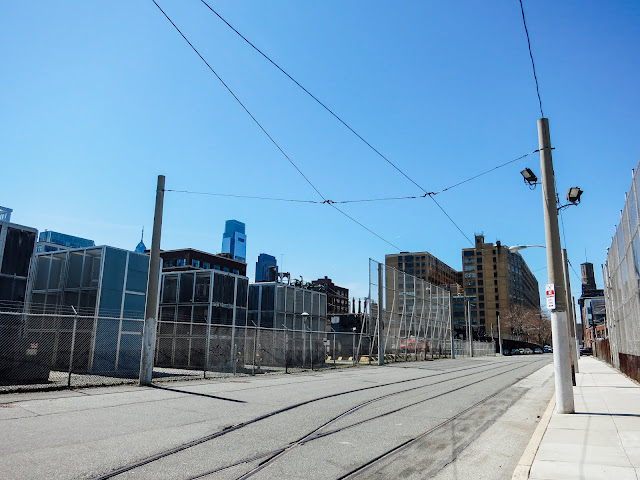 |
| Manchester Airport's ground transportation hub, soon to be a central element of Manchester Airport City, an £800 million development funded in part by China. July 2015. Photo by Alan Wiig. |
CFP for the Association of American Geographers Annual Meeting in Boston, April 5-9, 2017: Globalization 2.0: Geopolitical shifts, urbanisation and global infrastructure space
In an editorial in January 2016 the Financial Times editor Lionel Barber suggested we are at the advent of a new age: Globalization 2.0, one that is predicated on shifting geo-political and geo-economic power (Cowen and Smith 2009; Power 2010) after 500 years of dominance by the ‘West’ (Gunder Frank 1998). Here we see massive territorial transformations based on a multipolar world in which new infrastructure space—connections, investments, and relations—are being configured in preparation for the next phase of the global economy. Global infrastructure space largely operates via ‘extrastatecraft’ (Easterling 2014), the places, objects, and interactions through which global politics are enacted. Much like the earlier hallmarks of globalization, the creation of this new global infrastructure space is transforming urban landscapes worldwide. In turn, cities are embedded in, and act as, new geopolitical and geo-economic infrastructure space themselves.
In this session we seek to consider urban regions as the sites of globalization 2.0 and to examine infrastructure space ‘in place’, not solely through the material, digital, and capital flows and circulations of the economy itself. While infrastructure has traditionally been conceived of as universally distributed services for a city (Graham and Marvin 2001) these services have historically operated in an uneven fashion that fractured or splintered a city apart (Coutard 2002). We are interested in how these new processes of infrastructuralisation reshape existing urban geographies within and beyond cities of the global North and global South. These sessions therefore involve furthering understandings of how entire urban districts or particular spaces—the materialities of the city itself—become an infrastructure of transnational capitalism (Easterling 2014). We seek to provoke debate about the ways in which urban space as globally-oriented infrastructures takes the spatial form of self-contained zones or large scale urban megaprojects (Olds 1995; Swyngedeouw et al. 2002) and how these processes of infrastructuralisation embody local, regional, national and transnational forms of (re)territorialisation that have important implications for social justice, equality and democratic involvement.
Potential papers could include (but are not limited to):
• The planning, design, construction, and maintenance of new or transformed global infrastructure space.
• The geo-politics of urbanisation and territorial transformation in the 21st century vis-a-vis infrastructuralisation.
• The reconfiguration of relations between nation-states, urban regions and other intermediaries involved in the governing of or the production of global infrastructure space.
• The everyday assembling, operation and maintenance of these global infrastructure spaces.
• The processes of territorial integration of these sites into spatially-proximate, if not globally-aligned, regional economies.
• New, comparative methodologies for such research, conceptualized around thinking across different contexts particularly between the global North and South.
In addition to the AAG sessions we have arranged a pre-AAG event on these issues with a number of great speakers the day before the conference, Tuesday 4 April 2017. We will be taking to the Boston harbour in UMass Boston’s MV Columbia Point to think about global infrastructure space in a regional Northeast United States context. We do hope that you would also be available for this in order to extend our conversations beyond the conference itself.
--------------------------------------
Please send your abstracts to Alan Wiig (Alan.Wiig [at] umb.edu) and Jonathan Silver (j.d.silver [at] durham.ac.uk) by the 31st October 2016.
 |
| Advertising for Manchester Airport City within Manchester Airport's international terminal. March 2015. Photo by Alan Wiig. |


















